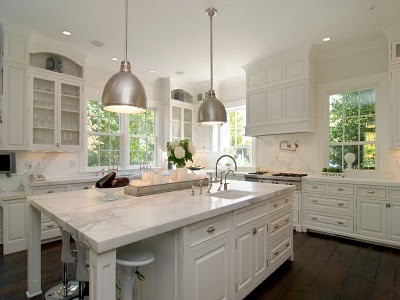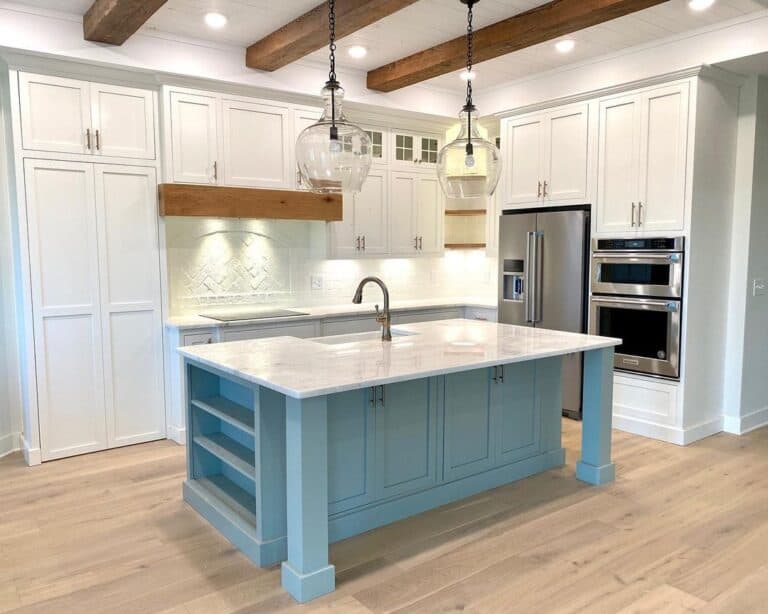Vital Factors to Consider When Picking Legs For Kitchen Island
Choosing the proper legs for a cooking area island involves a cautious analysis of multiple elements that can considerably influence both performance and aesthetic allure. As we check out these elements, it comes to be clear that each decision can have far-reaching effects for the general kitchen experience.
Material Options
When selecting legs for a cooking area island, recognizing the numerous product alternatives is crucial for accomplishing both aesthetic charm and architectural stability (Legs For Kitchen Island). The option of product considerably influences not only the longevity of the island yet likewise its overall design and functionality
Timber is a popular option, offering warmth and convenience. Strong woods, such as oak or maple, give toughness and can be tarnished or painted to match the cooking area decoration. Metal legs, often made from stainless steel or wrought iron, contribute a modern-day and industrial feel while making sure resilience and security. These products are immune to use and can sustain considerable weight, making them perfect for larger islands.
Another option is crafted products, like MDF or plywood, which can be extra cost-efficient while still providing a series of finishes. They might not offer the same degree of security as solid timber or steel. Legs For Kitchen Island. Finally, products such as acrylic or glass can develop a modern look, though they may require additional support to make certain security.
Inevitably, the option of product for kitchen island legs should align with the wanted performance and the general theme of the cooking area.
Design and Design

When considering design, the shape and finish of the legs are important. Conical legs can offer a sense of agility and elegance, while thicker, extra robust legs can communicate strength and stability. In addition, the finish-- be it painted, discolored, or all-natural-- ought to enhance the cabinets and counter top materials to produce a unified look.
Additionally, the layout of the legs can likewise reflect personal taste. Personalized or ornamental legs, such as those including detailed makings or unique geometric shapes, can work as focal factors, including character and individuality to the kitchen. Eventually, the best option will not only improve functionality yet additionally raise the aesthetic charm, making the cooking area island a standout function of the home.
Elevation Considerations
Picking the appropriate height for cooking area island legs is important, as it straight affects both functionality and comfort. The common elevation for a browse around this site kitchen island generally varies from 36 to 42 inches, straightening with typical countertop elevations.

It is likewise vital to account for individuals' elevations and choices. Personalizing the height can guarantee a comfortable experience for all relative, making the cooking area island a more enjoyable and functional room.
Weight Support
Guaranteeing sufficient weight assistance for kitchen island legs is vital for both safety and security and performance. The cooking area island usually serves numerous functions, including cooking, eating, and extra storage, requiring a robust support framework. When selecting legs, it is crucial to take into consideration the general weight capability called for based upon the island's meant use and the products that will certainly be put on it.
The option of product for the legs plays a considerable function in their weight-bearing capabilities. Solid timber, metal, and heavy-duty composites generally give exceptional stamina contrasted to lighter products. useful link In addition, the design of the legs-- whether they are straight, tapered, or have a pedestal form-- can influence their capacity to disperse weight effectively across the structure.
Always consult the supplier's specifications pertaining to tons limitations to make certain that the legs can sustain the desired weight without jeopardizing safety and security. In summary, selecting kitchen area island legs with sufficient weight assistance is necessary for creating a safe and functional cooking area.
Installation and Maintenance
Correct setup and upkeep of kitchen island legs are vital for ensuring long life and security. To begin, it is essential to follow the producer's standards during installation. This usually includes securing the legs to the space station utilizing ideal bolts, making sure that the legs are level and aligned. Making use of a degree tool can assist stop wobbling and enhance the total aesthetic appeal of the kitchen island.
Once mounted, regular maintenance is necessary to maintain the honesty and look of the legs - Legs For Kitchen Island. investigate this site For wood legs, regular cleansing with a moist cloth and application of appropriate wood polish can stop moisture damages and preserve their finish. Metal legs may require a gentle cleansing solution to remove grease and gunk, followed by a dry towel to stop rust formation
Additionally, check the legs regularly for indicators of wear or damages, such as splits or loosened joints. Tightening screws or bolts as required can additionally extend the life-span of the legs. By adhering to these installment and upkeep techniques, home owners can guarantee that their cooking area island remains durable and aesthetically appealing for several years to find.
Final Thought

Visual comprehensibility is extremely important in picking the design and style of legs for a kitchen island, as these elements greatly affect the general ambiance of the space. Conical legs can give a sense of lightness and style, while thicker, extra durable legs can communicate stamina and stability.Choosing the proper height for cooking area island legs is vital, as it directly affects both capability and comfort. In recap, selecting cooking area island legs with appropriate weight assistance is crucial for producing a safe and functional culinary room.
In conclusion, picking legs for a cooking area island demands mindful factor to consider of various variables, consisting of product options, design, height, weight assistance, and setup.